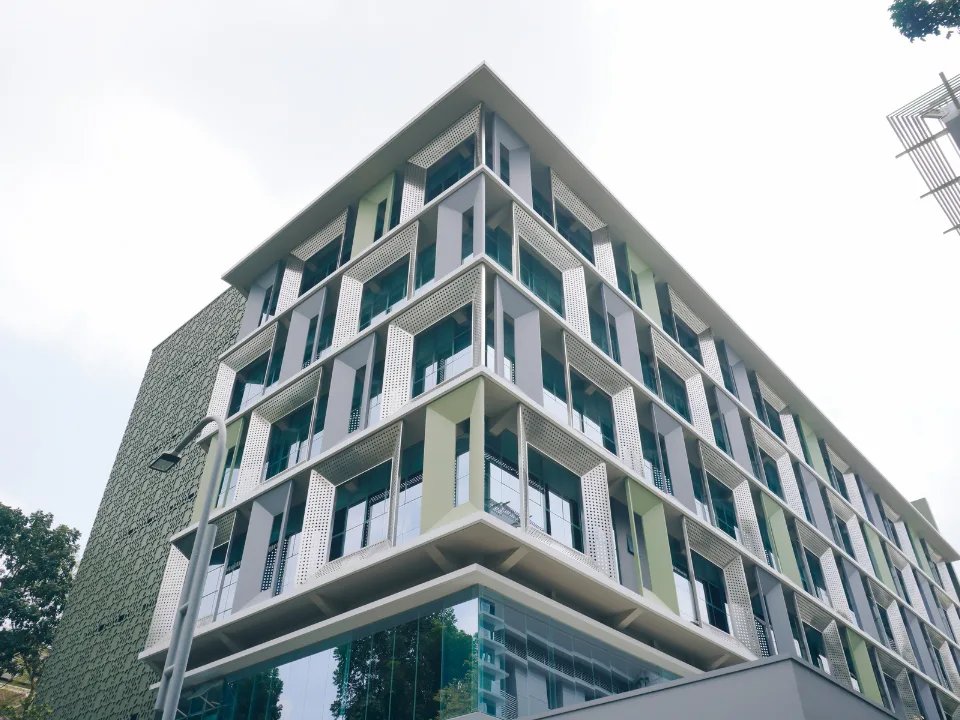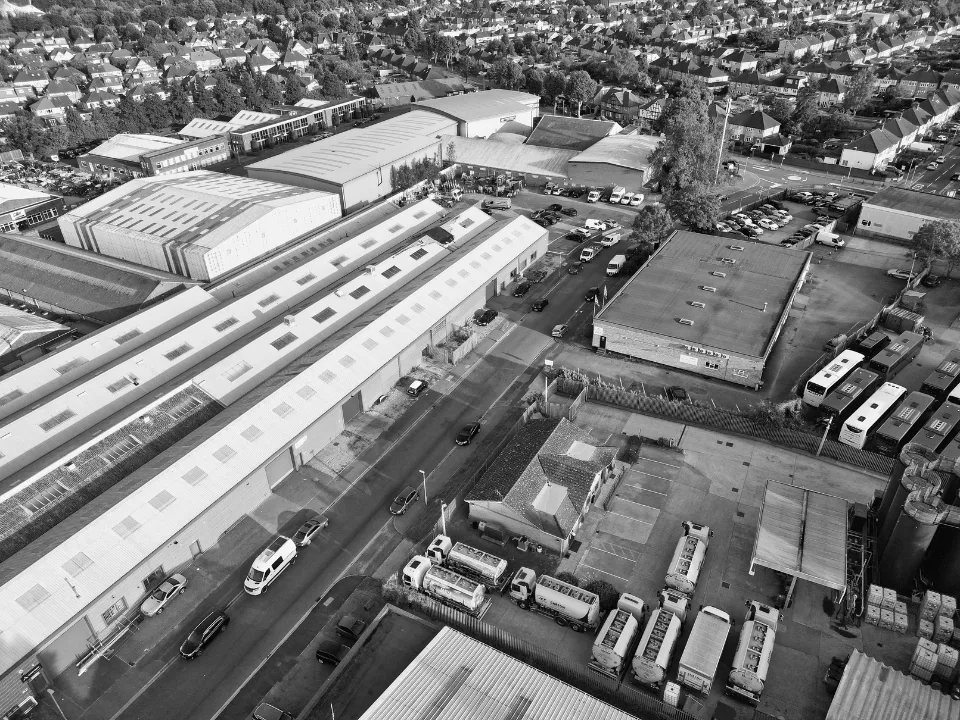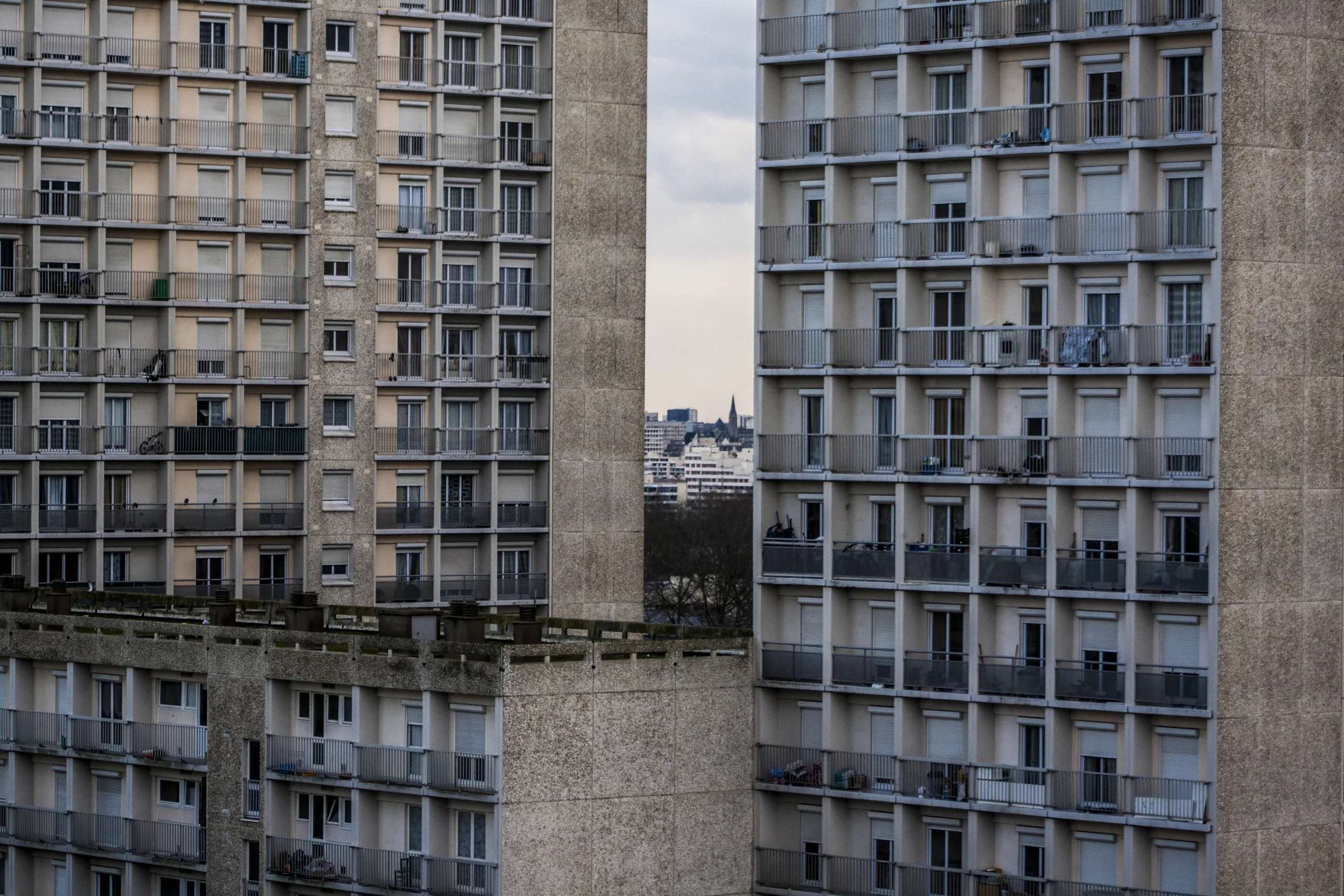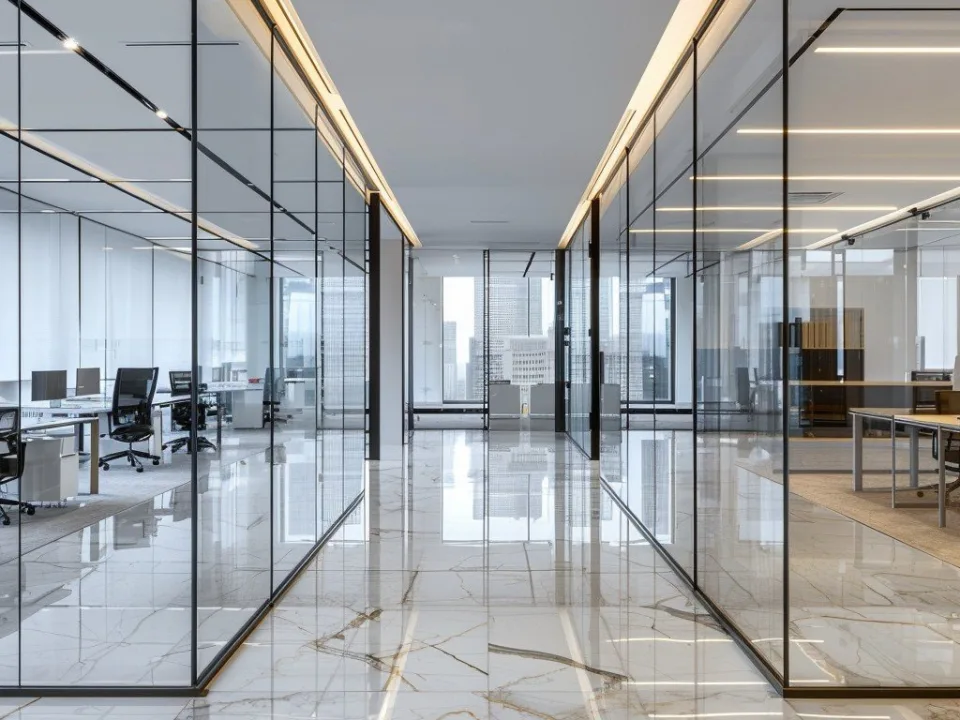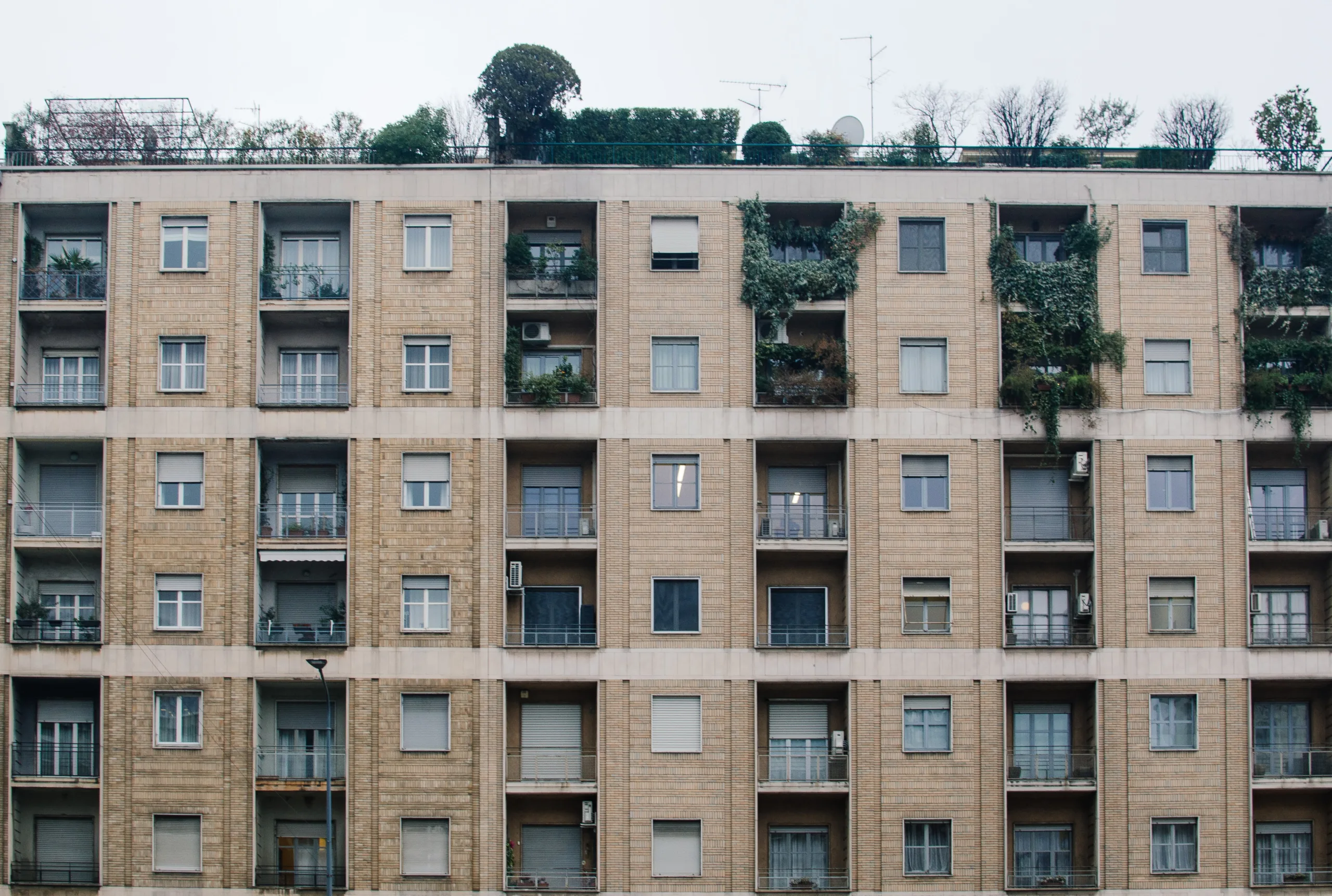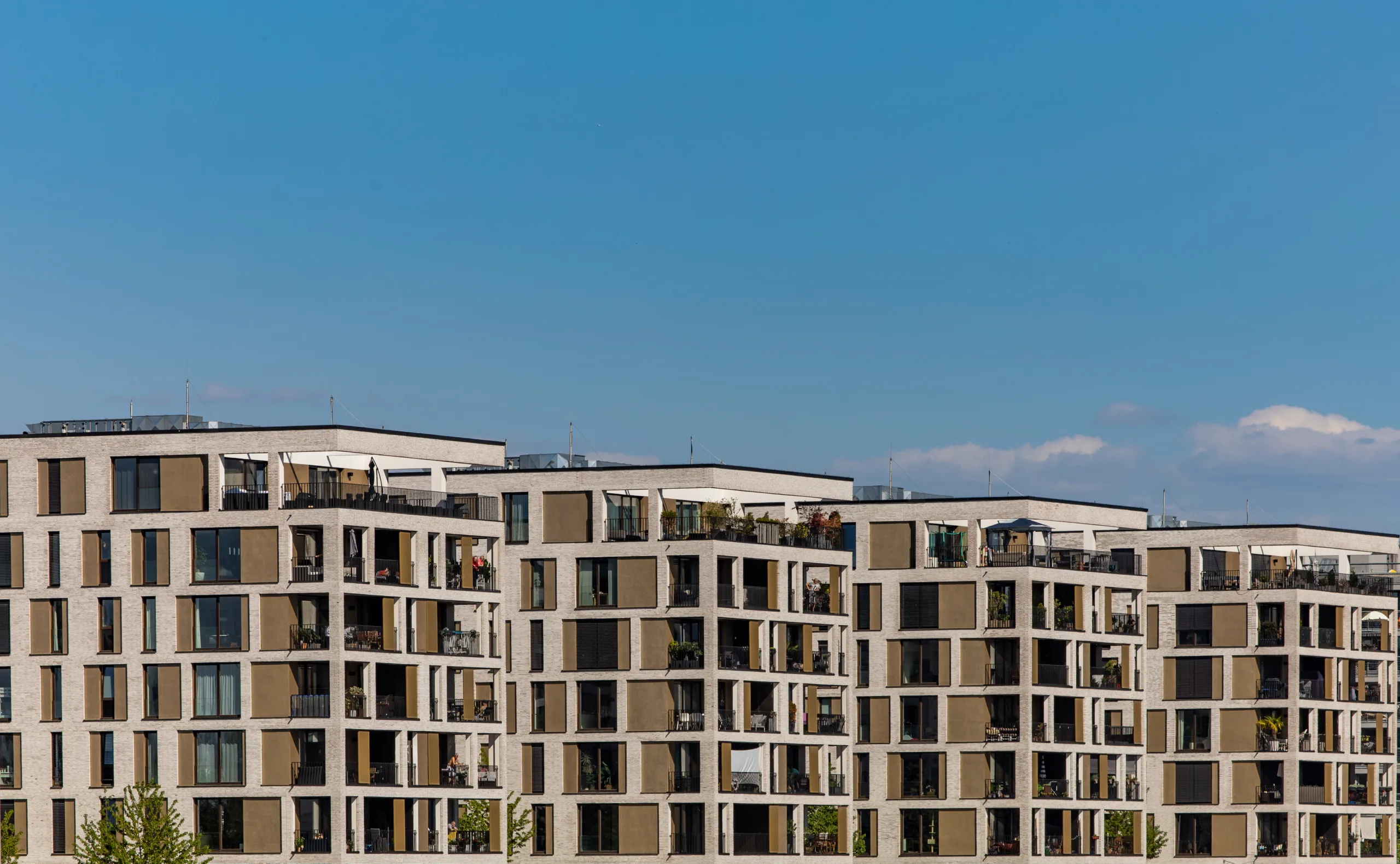- CRE lending growth at FDIC-insured banks slowed to 1.22% in Q1 2025, the lowest rate since 2012, reflecting a more cautious lending environment.
- Multifamily losses climbed to $767M—marking the highest quarterly total since 2012—as delinquencies surged to $9.4B.
- Core CRE loans saw rising delinquencies but declining losses, suggesting early signs of stabilization in that segment.
Slower Growth, Higher Risk
A new report from CRED iQ paints a mixed picture for commercial real estate loan performance, reports GlobeSt. Core CRE loan growth at FDIC-insured institutions fell sharply to an annualized rate of 1.22% in Q1 2025—well below the historical average of 4.55%—as lenders tightened their standards amid market uncertainty.
Delinquencies in core CRE hit $31.4B, with 80% of that total—$25.1B—classified as seriously delinquent (90+ days past due). Despite this, net losses in core CRE declined to $3.9B from $5.9B in the previous quarter, hinting at possible stabilization.
Get Smarter about what matters in CRE
Stay ahead of trends in commercial real estate with CRE Daily – the free newsletter delivering everything you need to start your day in just 5-minutes
Multifamily Sector Feels The Pressure
The multifamily segment, however, continues to deteriorate. Losses spiked to $767M in Q1, the highest quarterly level in over a decade. Delinquencies surged as well—climbing from $1.5B in 2020 to $9.4B in 2025. Loans 90+ days past due saw an even sharper rise, from just $560M in 2020 to $6.71B in 2025.
This trend highlights mounting stress in the multifamily sector, as increasing vacancies, rent softening in some markets, and tighter lending standards weigh on property owners and investors.
Long-Term Trends Raise Concern
Between March 2020 and March 2025, core CRE delinquencies nearly doubled, growing from $15.4B (1%) to $31.4B (1.7%). But compared to the multifamily sector, the pace of deterioration has been more measured.
According to CRED iQ, these trends point to rising systemic risk in the CRE loan space, especially in multifamily, where defaults and losses may continue to rise.
Why It Matters
While some stabilization may be occurring in traditional core CRE lending, the multifamily market’s worsening fundamentals could have broader implications for bank balance sheets and credit availability. If these trends persist, expect further tightening in CRE financing and increased scrutiny of property-level performance.
What’s Next
Market watchers will be closely monitoring Q2 and Q3 performance to see if the recent drop in core CRE losses holds—or if worsening fundamentals in multifamily start to bleed into other asset classes. As lending standards tighten and rates remain high, further distress in the multifamily sector could be on the horizon.
